Field Review: UWTechnics External Optical TTL Converter
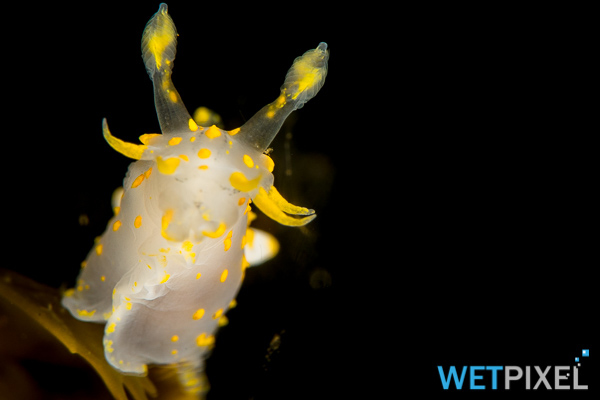
Wetpixel completed a review of the Nikon D500 camera and Nauticam NA-D500 housing during trips to Indonesia in 2016. Nauticam kindly supplied a housing for the review and it was supplied with an internal electro optical converter, which took the camera’s hot shoe flash signal and converted it to an optical signal. This allowed the strobes to be controlled via fiber optic cables.
The circuitry that Nauticam had fitted to the housing was designed and built by Pavel Kolpakov and is offered as an option in Nauticam’s NA-D500 housing.
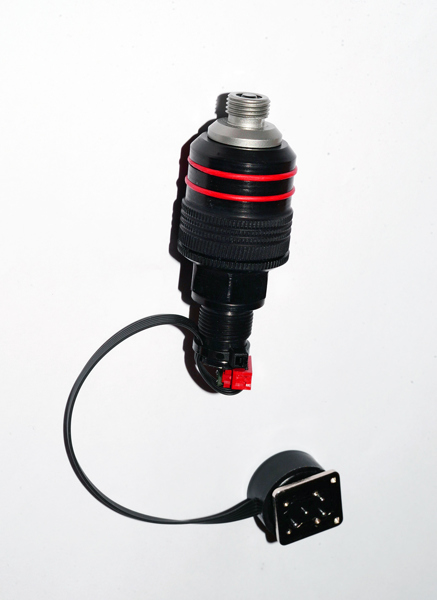

Pavel’s company, UW Technics has recently released an external TTL opto-electrical converter. This is attached to the housing via an M14 housing port after which, the hot shoe connector is connected to it and the attached with a (supplied) small cable tie.
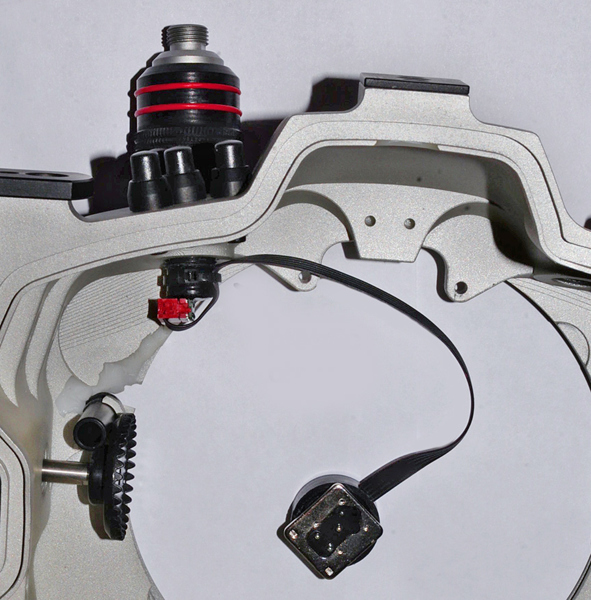
The unit contains 2 x CR1632 batteries (that are user replaceable) which power an LED that produces a signal flash. Single or double fiber optic cables can be attached to the converter to transmit this flash to the strobe. The advantage is that this unit can be attached to any housing with an M14 port. Hence it can be used either as a primary means of firing strobes, or as a handy back up to any existing internal electronic strobe triggering circuitry.
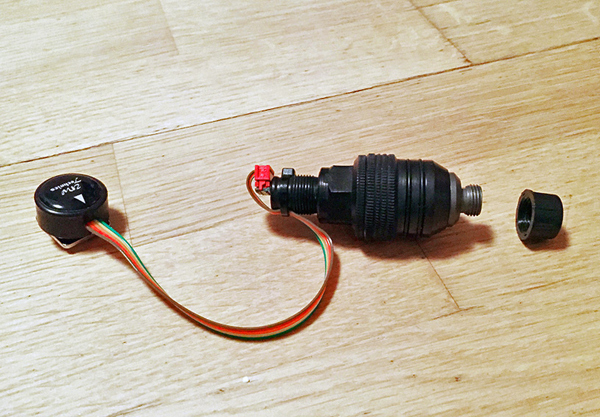
The External Optical TTL Converter is currently available for Nikon cameras with Inon Z240 or Sea&Sea YS-D1 strobes.
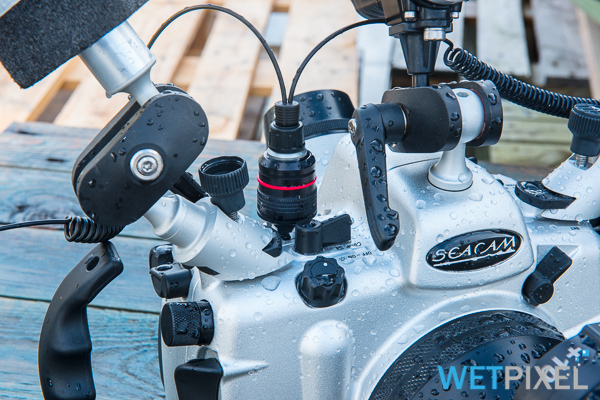
For this review, Pavel kindly supplied an early prototype of the converter, which I was able to use during Wetpixel’s coverage of the Gulen Nudibranch Safari. I typically choose to control my strobe’s output manually, but in cold water being able to use TTL does have advantages. Thick gloves, cold fingers and limited bottom times all mean that not having to adjust strobe output manually can be a good option for photographic productivity.
Fitting the converter to my Seacam D500 housing presented a slight challenge. Pavel had not previously tried it with Seacam’s housings and their thick walls and hence deeper “step” around the M14 port meant that the converter’s O ring seal could not seat in the port.
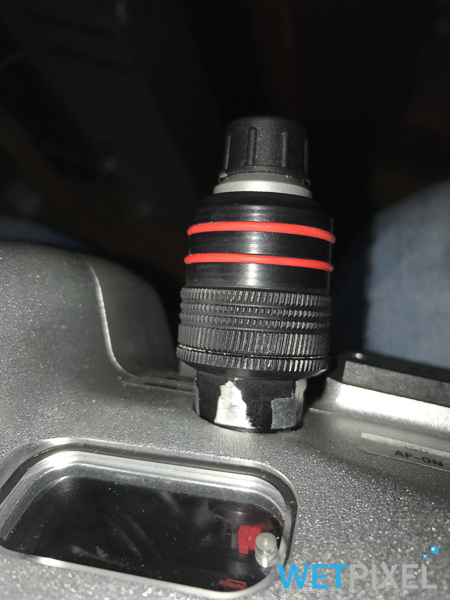
I was able to simply modify the converter with a file to give it enough clearance. As mentioned above, the version supplied was a prototype and the issue will be rectified in the production version.
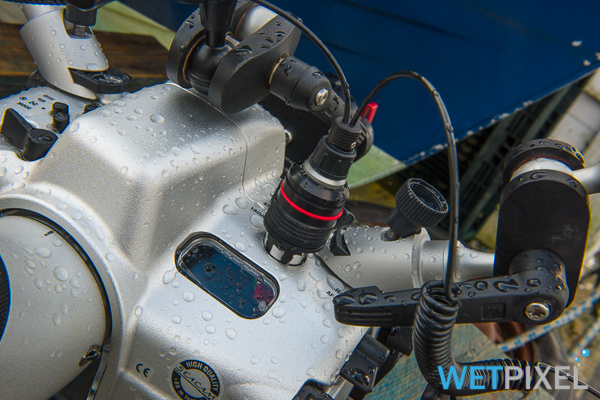
I was able to use the converter while Seacam’s own internal circuitry was also installed. Hence I could chose to use electrical triggered strobes via S6 or fiber optical triggering. This adds a layer of versatility to any system. In terms of the fiber optic triggering, I used the external converter with Inon Z240 strobes (kindly loaned by Nick More).
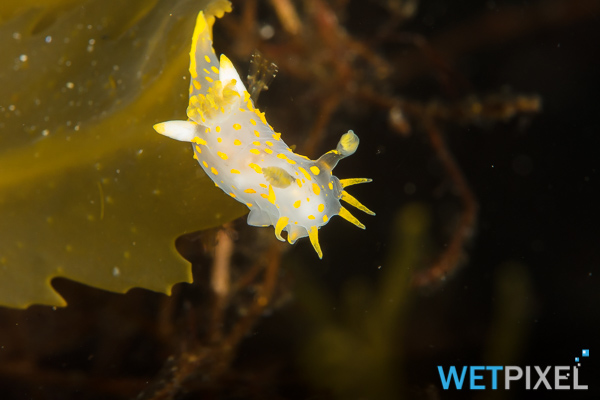
Once installed, the strobes were connected with a Nauticam dual fiber optic cable. Although I normally enter the water with two strobes, I will often switch one off in order to more accurately control the light falling on the subject. Of course, having two strobes allows for side lighting from both sides too. The converter could be used with a single fiber optic cable if required.
In terms of setting the TTL converter up, it is very straightforward. The D500’s chosen flash control mode is in the PHOTO SHOOTING MENU, and this needs to be set into TTL. Inon strobes need to have the magnets out (ACC enabled.) The switch is set to sTTL.
In order to set this up with Sea&Sea YS-D1 strobes, simply set them to TTL.
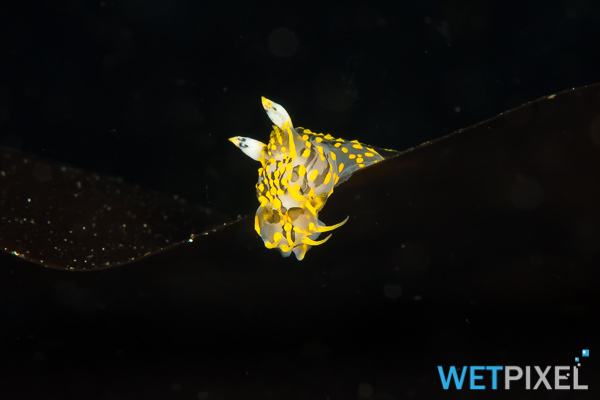
The converter will works at any chosen maximum sync speed except the Auto FP option. By setting the flash sync speed to Auto FP, the converter switches into manual mode and no longer attempts expects a preflash. For manual use, the (Inon) strobe’s magnets should be inserted, and the control dial to manual. Similarly, set the Sea&Sea YS-D1 manual without preflash. Output is controlled by the output dial controls (Light level control dial)
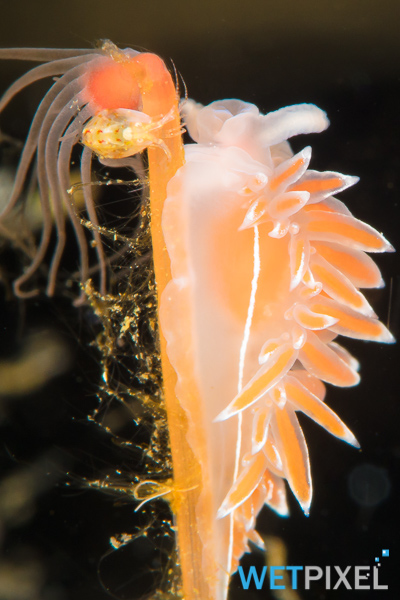
There is a third possibility with the converter, which UWTechnics call Controlled Manual Mode. This allows the user to set flash output via the flash compensation controls on the camera. By setting the camera’s flash flash sync speed to Auto FP and leaving the strobe in TTL/sTTL mode, the strobes output can be (manually) controlled using the camera’s flash compensation control.
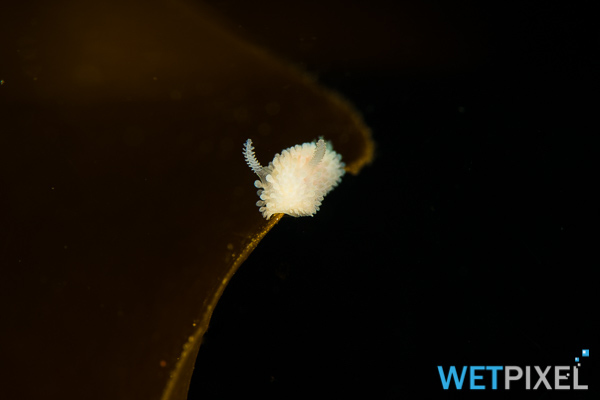
In use the converter was accurate in measuring and applying the correct exposure in TTL mode. Despite my best efforts (!), it did seem to get the right amount of light onto the subject most of the time. I have often found that TTL is accurate enough (for macro) when using front lighting, but seems less so when using side or back strobe positions. The UW Technics converter in TTL mode coped well with side lighting, but seemed to struggle with back lighting.

Perhaps more relevantly, in whichever mode it was in, the converter fired every time the shutter was released. As mentioned above, I have only tested it with one camera/housing/strobe combination, but the strobes fired every time that I wanted them too. So far, it has been literally 100% reliable.
Fiber optic triggering with electro optical converters provides the best of all options for strobe triggering. The cables and bulkheads are simple and reliable and not using the camera’s pop up flash significantly increases frame rates and battery life.

This converter allows anyone with a housing that has an M14 port (or one that can be adapted to M14) to get these benefits.
The converter is perhaps a little bulky, but certainly no more so than a focus light. Obviously, the position of the converter is dependent on where the available port in the housing is.
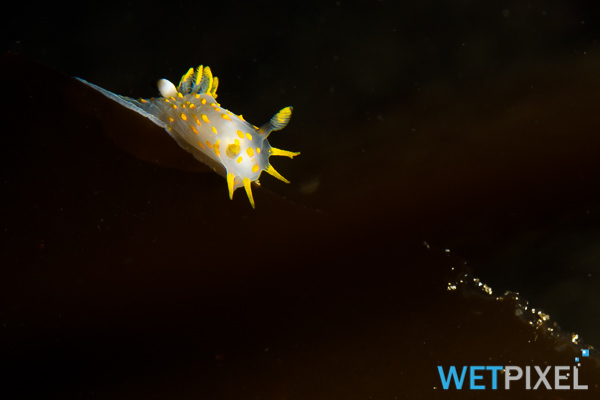
The External TTL will be shipping in the next two weeks and will retail at $495. UWTechnics are rebuilding their web presence currently (links will be updated once this is completed), but in the meantime please contact Pavel via email
FTC Disclosure:
The UWTechnics External TTL converter was provided to the reviewer free of charge for the purpose of the review.